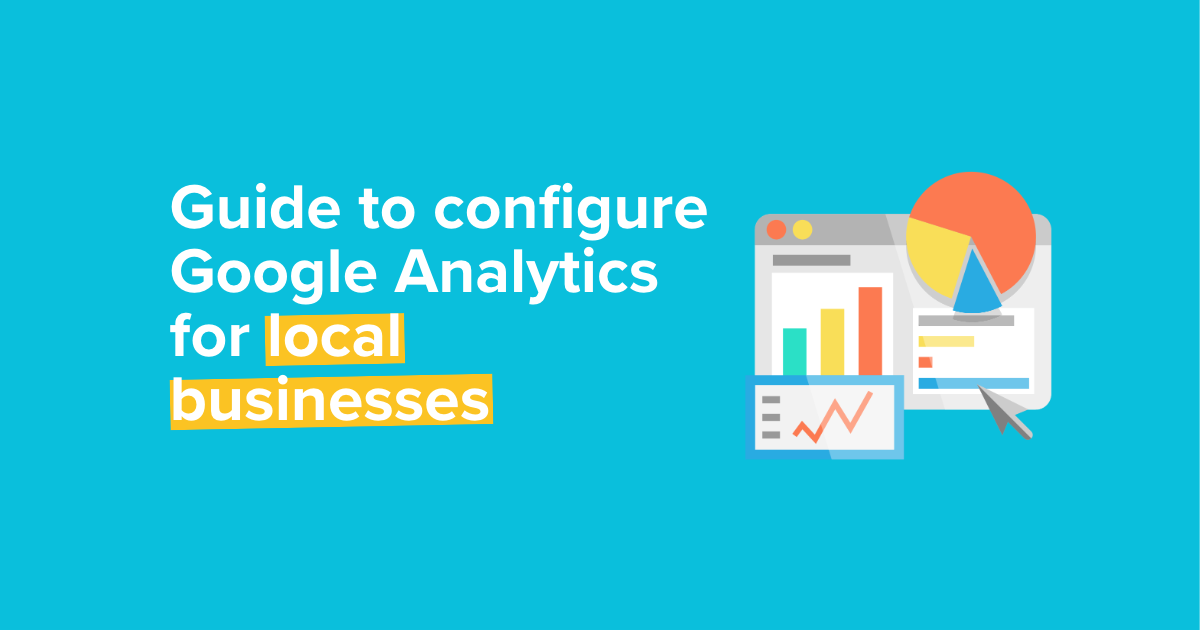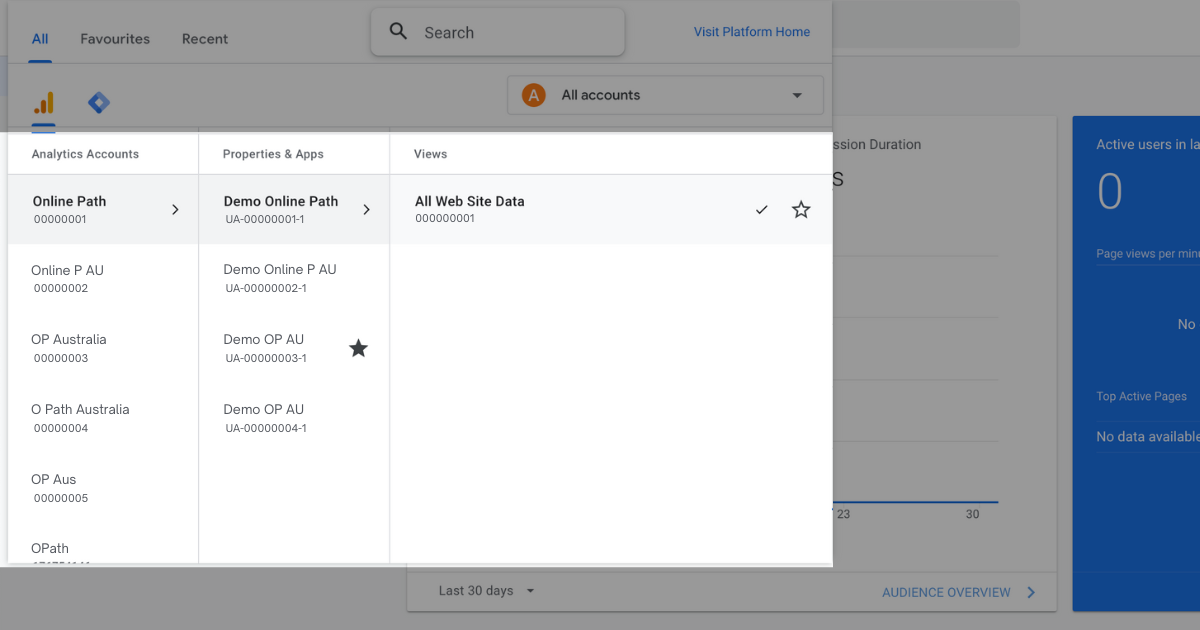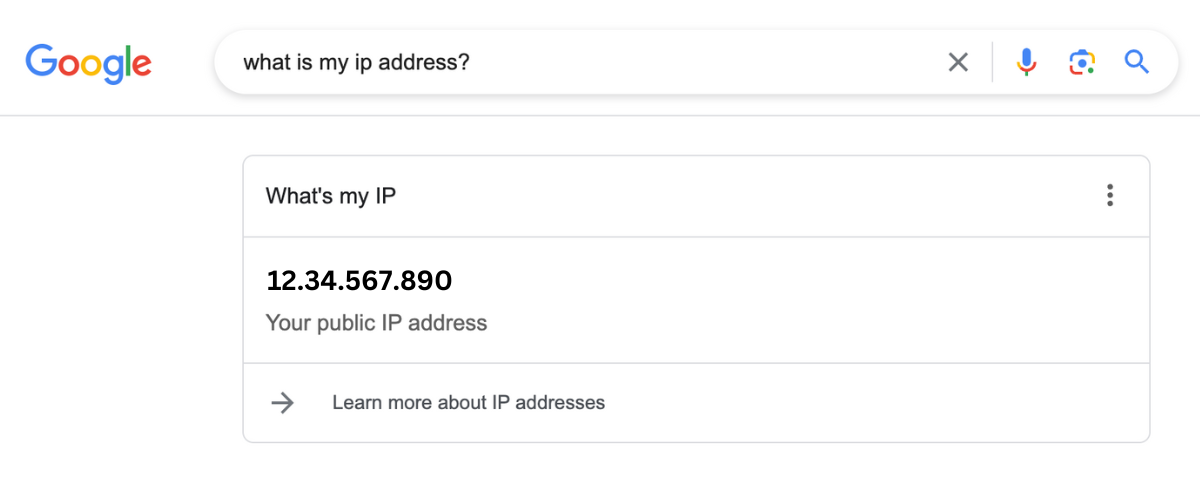


Mel Gibbons
30 August, 2021

While this means amazing diversity and opportunities for customers, for local businesses owners it means more competition outside of a local market. So, perhaps now more than ever, it’s important for businesses to know who their customers are, where they are, how they find your website and what makes them convert. By doing this, you can take advantage of the situation and increase your website traffic.
Google Analytics is a powerful tool that will help you understand your customers and how best to attract them. Here we will show you how to configure it to enjoy the amazing advantages of having a business in this global reality.
In simple terms, Google Analytics is a web platform created by Google that helps you to track the performance of a website and collects visitor insights.
Free for anyone with a Google account and a website, a Google Analytics account will help you to determine the top sources of traffic to your website, visitor demographics, track goal completions (eg phone calls, purchases, subscriptions), gauge success of marketing activities and campaigns, and discover and track trends in user engagement.
Nevertheless, it requires the correct Analytics configuration. Google Analytics provides website owners with vital statistics and analytical tools that can be used to tailor marketing and search engine optimisation initiatives for maximum return on investment.
Understanding customers and their behaviour is essential to any business that aspires to succeed in the digital age. Google Analytics provides insights into who visitors are, how visitors interact with your site, and what drives engagement. By leveraging this data, you can optimize your marketing efforts, improve the user experience, and ultimately increase conversions to keep your business competitive in the global market.
It’s more than likely that you are now trading in a more competitive market than you were ten or so years ago. With the rise of social media and smartphone technology, you’re probably not only competing with many other local businesses, but also national or even international companies.
So, when it comes to generating more leads for your business online, the first necessary step is to get a clear picture of how your website is performing — and Google Analytics is the ideal place to start.
An accurate Google Analytics configuration will help to you to better understand:
With this information available at your fingertips, you will be better equipped to plan and execute informed and successful strategies. These should have the objective to improve your website and engage your audiences to convert more of your website visitors into leads.
Google Analytics is a powerful tool for businesses of all shapes and sizes, and is particularly important for local businesses that are potentially competing in a market much broader than their local area.
While it can collate and provide you with extremely useful and simple data that can be translated into high performing strategies, configuring Google Analytics for local businesses can be complex – and if it isn’t done correctly can be detrimental to the performance of your website.
Here’s some of our top tips for configuring Google Analytics for local business to ensure that it works for you and provides you with valuable information:
Google Analytics will create a unique tracking code for your website which will need to be installed on every page in what’s called your ‘website header’. This tracking code will gather information from your website and securely feed that data into your Google Analytics account.

While you probably know the key performance indicators for your website and business, Google Analytics doesn’t. You need to tell Google what success looks like for your website and how it should be measured. In Google Analytics, this is called setting up goals and it is done through the Google Analytics dashboard.
To set up goals, navigate Admin > View > Goals > New Goal

There are a variety of goal types you can set up and it depends entirely on your business. One of the most popular types of goals are destination based goals — for example, a thank you page. This may look like a website visitor completing a form and then being directed to a thank you page. Each time a visitor completes a form and is directed to your thank you page it is counted as a goal.

Another common option are the event based goals, which can be a little more complex to configure. As the name would suggest, these are goals that relate to a specific event. For example, an event based goal could be the click of a specific button, such as one clicked after filling out a form. One thing to look out for with event based goals is to make sure the correct validation has been configured. For example, if someone starts to fill out a form but doesn’t complete it, when they click the button it still may be tracked as a goal.
Research has found that almost 25% of all traffic is bot traffic. To counter this and produce more accurate information, Google created a tool within Google Analytics which filters this traffic out of your results.
Navigate to Admin > View > View Settings to the box that says Bot Filtering. This will pull it from the Interactive Advertising Bureau (IAB) and ensure that your traffic is filtered against the list of known spiders and bots.

In addition to filtering out traffic from bots, you should also filter out spam and personal (your own) traffic to ensure that you’re only working with accurate data when making future online marketing and SEO decisions. While there will always be some margin of error, any steps you can take to minimise it should be pursued.
Navigate to Admin > View > View Filters > Add Filters.

The aim of this is to filter out your own IP address and that of anyone else in your business. Simply, search ‘What’s my IP’ in Google and you can find your IP address, and then from there add it into your Google Analytics as an exclusion.

Like Google Analytics, Google Search Console is another wealth of information when it comes to website performance and visitor data. Google Search Console can provide you with valuable data regarding organic search, search queries, specific pages and how they’re performing. Connecting this to your Google Analytics and making sure they work efficiently together will only enhance the quality of the data obtained.
Once you have set up your Google Search Console, navigate to Admin > Property > Property Settings > Search Console.

In simple terms, UTM (or Urchin Tracking Module) codes are snippets of code that can be attached at the end of a specific page URL to measure the effectiveness of digital marketing campaigns. They are also used to pinpoint specific sources of traffic to your website and there are five variants of URL parameters that you can track through UTM codes: source, medium, campaign, term and content.
UTM codes are a powerful way to track the effectiveness of specific campaigns. They can tell you information such as where website visitors came from and what specific sources, mediums or campaigns were effective in directing them to your website.
They can also be added to paid ad campaigns, Google My Business profile, blogs, emails, QR codes and the list goes on. As a smaller local business you might find it a better use of your time to focus your efforts on specific campaigns to measure their effectiveness.
The vast majority of customers are now online and have far more options than they once had. As a business, this means that you have far more competitors than you once did and staying relevant and in front of your customers is key to your future success. The best way to do this is to create marketing strategies that are based on accurate and valuable data.
As you can see, having an adequate configuration on Google Analytics can make a big difference on your website’s performance. Despite it not being easy, understanding your target audience, goals, traffic and strategies is what will make you stand out from the competition and drive customers to your business. Don’t waste more time and include Google Analytics as part of your marketing strategy and take advantage of the opportunities that this global world has for your business.
Join hundreds of businesses boosting their knowledge with our monthly insights.
Contact us for an online marketing solution to build your brand and grow revenue.
Contact Us 1300 055 000
1300 055 000

